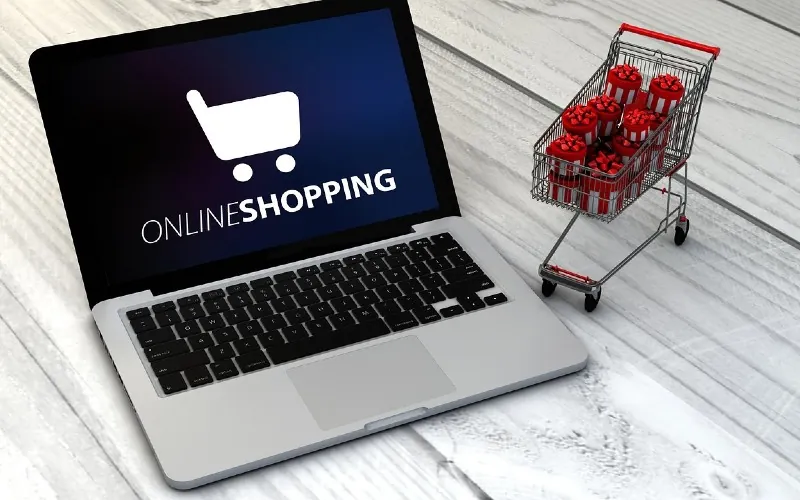Global e-commerce sales are projected to be worth approximately $6.09 trillion in 2024, marking an 8.4% increase from the previous year. According to a recent study by Radial, 48% of shoppers abandon their carts due to doubts about the security of the website they are using.
The UK alone has over 65 million e-commerce users, with an average online spending of approximately $4,679 per shopper. This shows how important it is for sites to protect their clients’ transactions. As a consumer, there are a few indicators that can help you determine if the platform you are using is committed to safeguarding each payment.
1. Verifiable Licensing and Regulation
When customers are looking for evidence from companies who guard transactions effectively they should always look for valid licenses from recognized authorities. In sectors like online gambling reputable regulators, such as the UK Gambling Commission or the Malta Gaming Authority (MGA), enforce rules that protect users from unfair practices.
Platforms that operate under these licensors must meet security criteria before handling any financial details. Different industries have different regulations, both on a national and international level. Also, some sectors are more delicate than others in terms of licensing and verification. Every website handling payments must meet much stricter standards and pass more stringent inspections than websites that don’t include any transactions. For instance, if you want to play games or try your skills on instantcasino platforms, search for their terms and privacy sections to see what compliance rules they’ve fulfilled, especially regarding the fast payments they promise. The same goes for other gaming platforms and their respective features.
These casinos provide their players with safer, faster, and more transparent transaction methods like crypto. In addition to offering patrons a variety of attractive bonuses like generous welcome bonuses and cashback offers thus ensuring that they not only provide a safe experience for their players but an enjoyable one too.
2. Strong Encryption Technology
One of the clearest signs that a site takes payment security seriously is the presence of robust encryption. Encryption scrambles sensitive details—such as credit card numbers—into complex codes that attackers cannot easily decode. Secure Sockets Layer (SSL) and Transport Layer Security (TLS) are widely adopted protocols that shield information from prying eyes.
For additional peace of mind, the address bar in a search engine often displays a padlock icon when a website employs certified encryption. Some platforms go even further, adopting advanced encryption standards (AES) that follow industry practices. Consumers who see these signals can assume their data is less likely to be stolen mid-transaction.
3. Consistently Positive Reviews and Credible Ratings
User feedback often shines a light on whether a platform lives up to its claimed security measures. While individual accounts can vary, a pattern of high ratings from independent consumer review sites and forums is a positive sign.
If customers comment that their transactions went smoothly or if players note that their winnings arrived without hiccups, it’s a point in the platform’s favour. Sources not controlled by the business itself are especially valuable. Look for feedback on reliability, payment processing speed, and whether the site addresses issues promptly. Platforms that draw consistently positive remarks from a wide group of users usually pay close attention to safeguarding transactions.
4. Secure Payment Methods and Multiple Payment Options
Secure platforms often partner only with reputable payment providers. These might include well-known payment gateways, trusted e-wallet services, and widely recognized credit card companies. On top of that, offering multiple secure methods reduces the risk of exposing users to unsafe practices.
A flexible payment menu that includes credit cards, prepaid vouchers, and possibly certain cryptocurrencies (where accepted) often suggests that the platform invests in verifying partners. Sites that expand their range of safe transaction channels show that they care about giving consumers more than one avenue to pay without raising fraud risks.
5. Clear and Transparent Terms and Conditions
A platform that genuinely wants to protect its users will lay out straightforward policies. This includes spelling out how it safeguards cardholder data, how it stores information, and what steps it takes to address suspected security breaches. If the terms and conditions are easy to read and not buried under confusing wording, it’s a green flag.
These policies can also detail refund protocols, dispute resolution processes, and whether the platform regularly updates its security tools. Transparent practices mean the site does not rely on secrecy and confusion. Instead, it allows users to see exactly how their payment details are handled from start to finish.
6. Responsive and Knowledgeable Customer Support
If something goes wrong with a transaction, dependable support can make a big difference. Quick answers from knowledgeable agents show that the platform values customer trust. Whether it’s a delayed payment or a question about a sudden charge, a good customer support team helps users resolve problems with minimal frustration.
Support channels might include phone lines, email addresses, or live chat features. Trusted platforms may even train their staff to handle security-related issues promptly, reducing the risks of long wait times when funds are at stake. Helpful support is often a by-product of a platform that takes every aspect of user protection seriously, not just the technical side.


